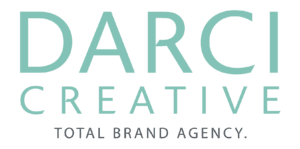When it comes to content creation, there is no questioning the power of a captivating visual. Our brains are wired to retain visual and sensory information much more effectively than they are for textual information; after all, nearly 50 percent of the brain is involved in visual processing.
It should come as no surprise, then, that infographics have risen to popularity among marketers as a creative (and effective) means of reaching and educating their audiences. While no two infographics are the same, each one tells a story using creative graphics and supporting data. Take this example by Customer Magnetism:
Pretty cool, right? Let’s talk a little more about what makes this infographic so successful, and how your organization can start using them as a way to grab consumer attention.
Simplicity
Like any kind of visual, infographics need to be easily understood and organized. Too much information packed into one image will overwhelm and confuse your audience, so pick a few key points you want to get across and focus on those. As an example, we created the below graphic to share with our Instagram community. While not extensive, it highlights one main message – Instagram engagement – and educates users without forcing too much information upon them.
Color & Design
Did you know that color visuals increase people’s willingness to read content by around 80 percent? Not only are pictures easily recalled later; they also give the creator more authority and persuasiveness. For instance, according to a study at the Wharton School of Business, 50 percent of an audience was persuaded by their speaker given a verbal-only presentation, while 67 percent of that same audience was persuaded when graphics were added to the presentation.
When creating your own infographic, stick to a simple and consistent color scheme and design. Like these ones, which we shared via social media with our own followers:
Branding
Did you notice from our examples that the DARCI Creative brand was placed somewhere within each image? True, you don’t want to come across as overly promotional to your customers; the infographic’s main purpose is simply to educate. That being said, if your graphic spreads across the web through “likes” and shares, you’ll want people to know that you were the creative mind behind it. Whether you use your company logo or color scheme, the incorporation of a brand is a key element to consider.
Data, Data, Data
Without valid data to support it, even the most visually appealing infographic will lack the substance it needs to deliver. When creating educational graphics for your audience, provide them with reliable information that they can trust. This will in turn improve your credibility and further solidify your brand in their minds.
Shareability
Infographics are an extremely engaging form of content for your patients, especially via social. Keep this in mind during the design stage, and make sure your image can be easily shared by users through Facebook, LinkedIn, Instagram – whichever platforms your brand is most involved with. You want to share your industry expertise with others, so give it that power.









